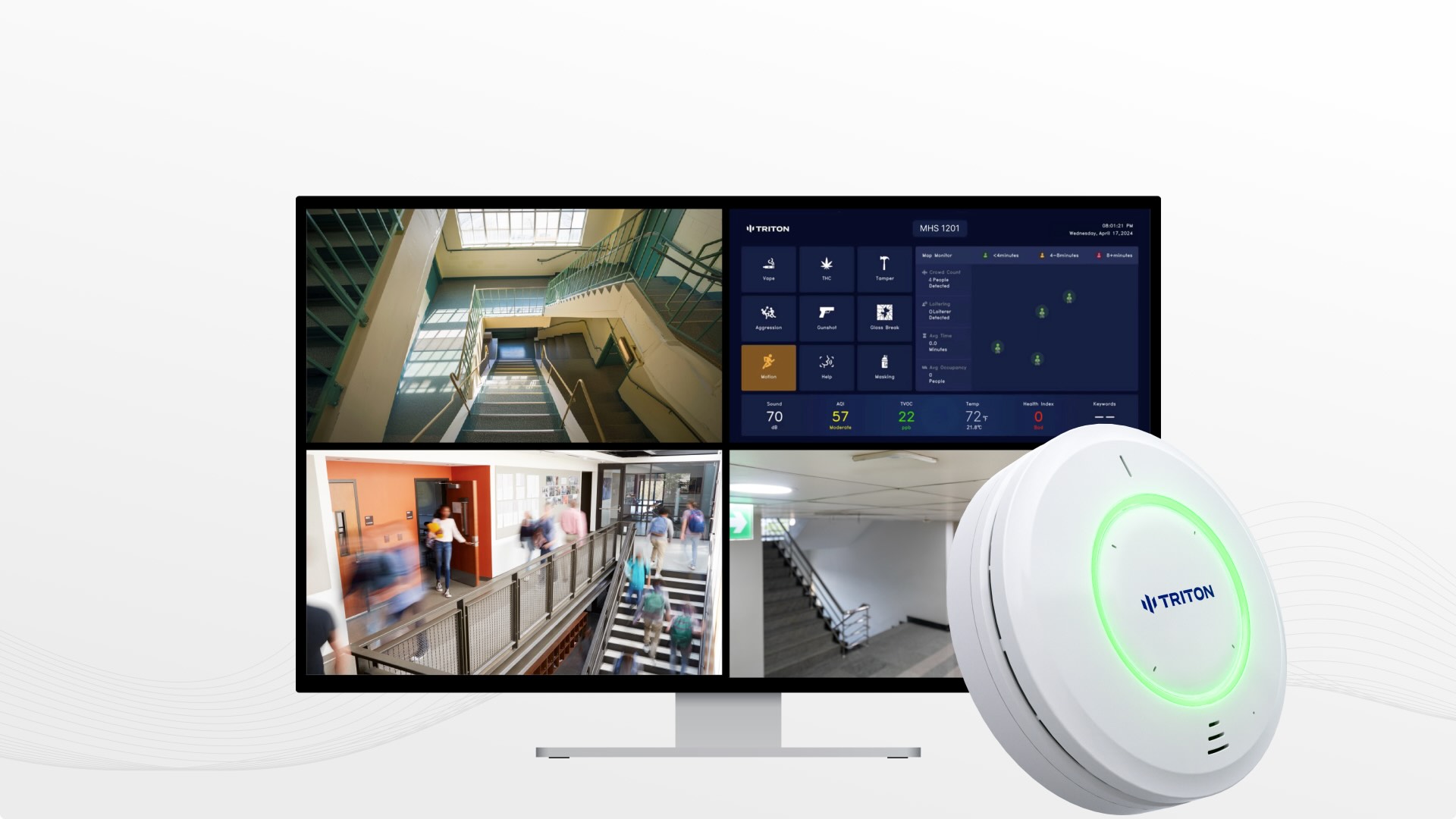Vaping was once a scourge at schools. Students would sneak into bathrooms between classes and inhale flavor tobacco vapors and nicotine. Teachers and administrators were left powerless, until districts started using a new method to shield them from vapors: the vape detector.
Schools across the country are reporting major success stories, demonstrating just how technological advancements can be transformative in the fight against the smoking addiction.
A Case Study: Cutting the amount of vaping by 83% over 10 Weeks
Luling Independent School District confronted the threat of a major problem with vaping. Despite repeated warnings, and more stringent policies, students continued to smoke in lockers and bathrooms rooms. Smoke alarms that were traditional did not work against vapors, and the staff could not be everywhere at once.

The district tested several vape detection devices in March. The results were shocking. In only five weeks, vaping incidents had decreased substantially. After ten weeks smoking cigarettes had decreased by 83%..
For the administrators, the benefits did not stop at figures. Teachers reported less interruptions and students began to realize that smoking cigarettes will not be ignored.
Similar Results Similar Success Match Charter Schools
Match Charter Schools is another effective illustration. They struggled to curb smoking vapes in high and middle schools. They set up vape smoke alarms in August and saw immediate results.
At the end of December, only four months later, the administrators announced the 80% reduction in weekly vaping incidents. Parents praised their school for taking concrete actions to safeguard children. Teachers also noticed that there was a reduction in hallways with loiterers, and the crowded bathrooms.
These two districts represent what is becoming a trending movement: schools that adopt vape detection have seen tangible improvements in both behavior and overall security.
What is it that makes vape detectors so Effective?
The technology that is behind the results is what allows them to be achieved. A modern vape detector doesn’t just detect vapors, but also monitors air quality, monitors occupancy, and gives staff real-time notifications. Administrators no longer have to rely on guesswork or reports that are basing their decisions on information that has been gathered later.
In addition than that, detectors are built with the privacy of the user in mind. No cameras. No audio recording. In-depth, accurate data is all that’s needed to help schools make quick decisions without compromising students’ rights.
This combination of effectiveness and compliance makes vape detectors one of the most useful safeguards that schools can implement today.
Safety nets for vaping and more
A lot of administrators are aware that detectors extend beyond smoking prevention. The most recent systems can detect loud sounds, keywords that can be linked to vandalism or emergencies.
The detector will notify staff when, for instance students start to wander around toilets. If someone shouts distress words such as “help,” staff can be immediately alerted. In this way, vape detection devices for schools form part of an overall safety program that addresses dangers to health as well as potential threats to violence.
Boards and parents support Vape Detectors
Transparency is a benefit that’s often left unnoticed. The use detectors by schools is able to produce reports that reveal clearly the trend in smoking. These reports are then distributed to parents, school boards and the public to prove that steps were taken.
Parents, particularly, appreciate tangible results. A vape smoke detector isn’t just catching students it’s protecting their health and reinforcing the message that vaping has no place in schools.
The Summary: A Proven Path to Take
For years, e-cigarettes felt like a war that schools were unable to beat. Research from across the nation prove that this is not the case. Administrators can spot risks and deter risky behavior in real-time using a vape detector. This helps create an environment that is more secure for students.
The epidemic of vaping isn’t completely gone, but there is a shift in the trend. Schools which invest in vape detection technology aren’t simply reacting to a problem they’re leading the way to a healthier future for their students.
Conclusion
From Texas From Texas to Massachusetts Schools are showing that technology can be effective. A modern vape detector does more than just sound an alarm. It alters the way people behave, builds trust, and can provide a lasting solution to one of the most pressing problems for health of students. Vape detectors are now standard in any school which is concerned about security.